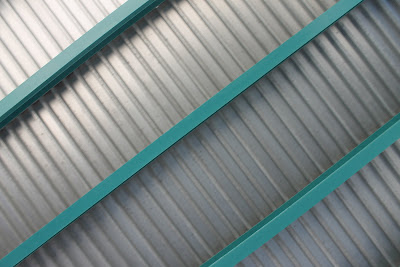1. What challenges did you encounter while trying to get the photos following the rules I set out for you?
All the kids would turn their heads and stare at the camera. It felt pretty awkward and it made it taking a good photograph difficult.
2. What technical aspects of photography or the assignment in general (focus, framing, holding the camera, etc.) did you find yourself thinking about the most? Provide a specific example of what you did to do this correctly.
I forgot about the rules until halfway through shooting. After that I just did my best to take a photo for each rule.
3. If you could do the assignment again, what would you do differently now that you know some basic rules of photography?
I would focus more on the rules.
4. What things would you do the same?
Nothing, really. I don't think I did a good job.
5. When you go out with your next set of prompts, which rule do you think will be the easiest to achieve?
Rule of thirds.
6. Which rule do you think will be the hardest to capture?
Framing or Lines.
7. What rule are you still not totally clear on and what can you do to figure out what that rule is?
Balance. I suppose I could read some stuff.






























